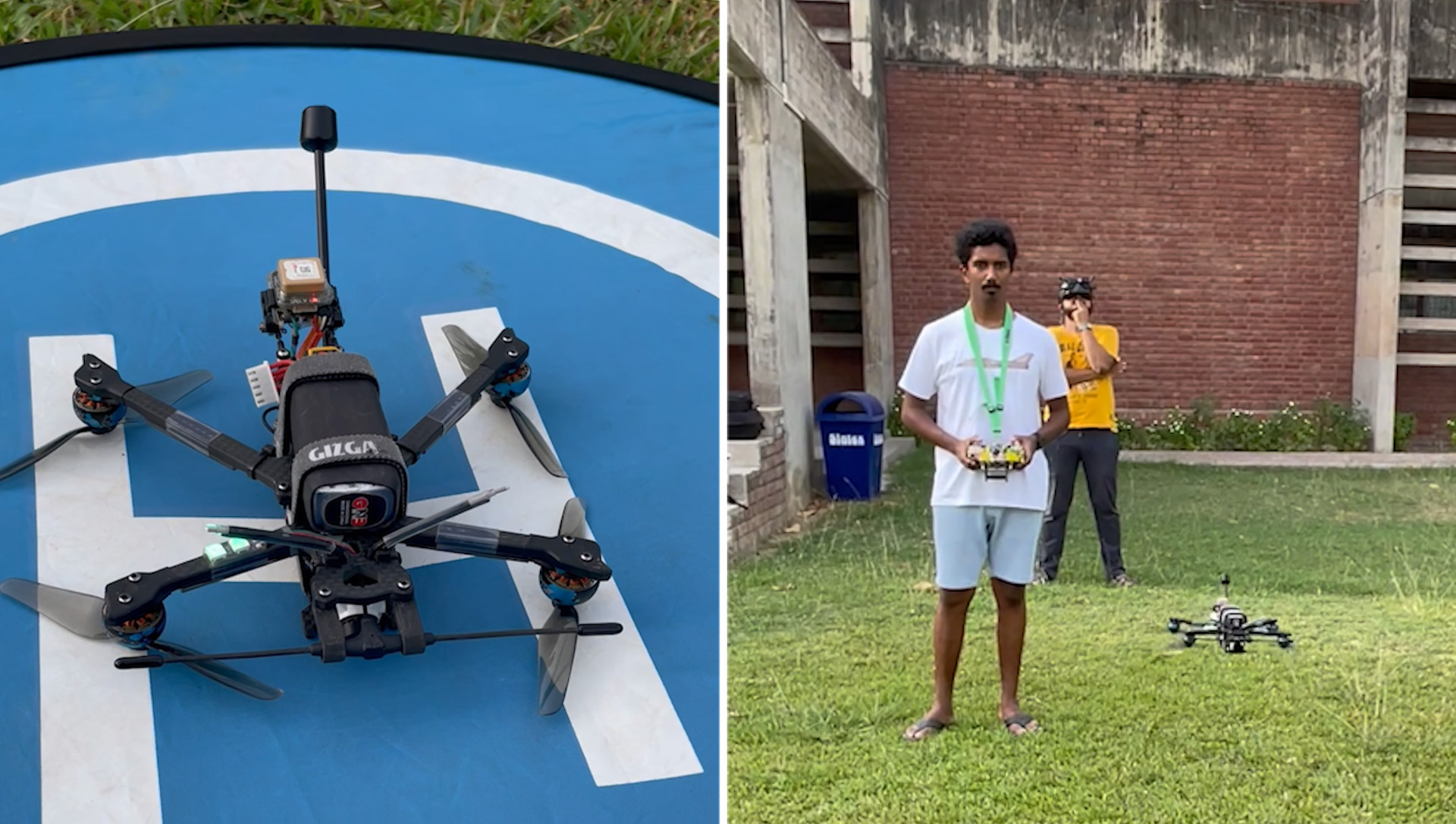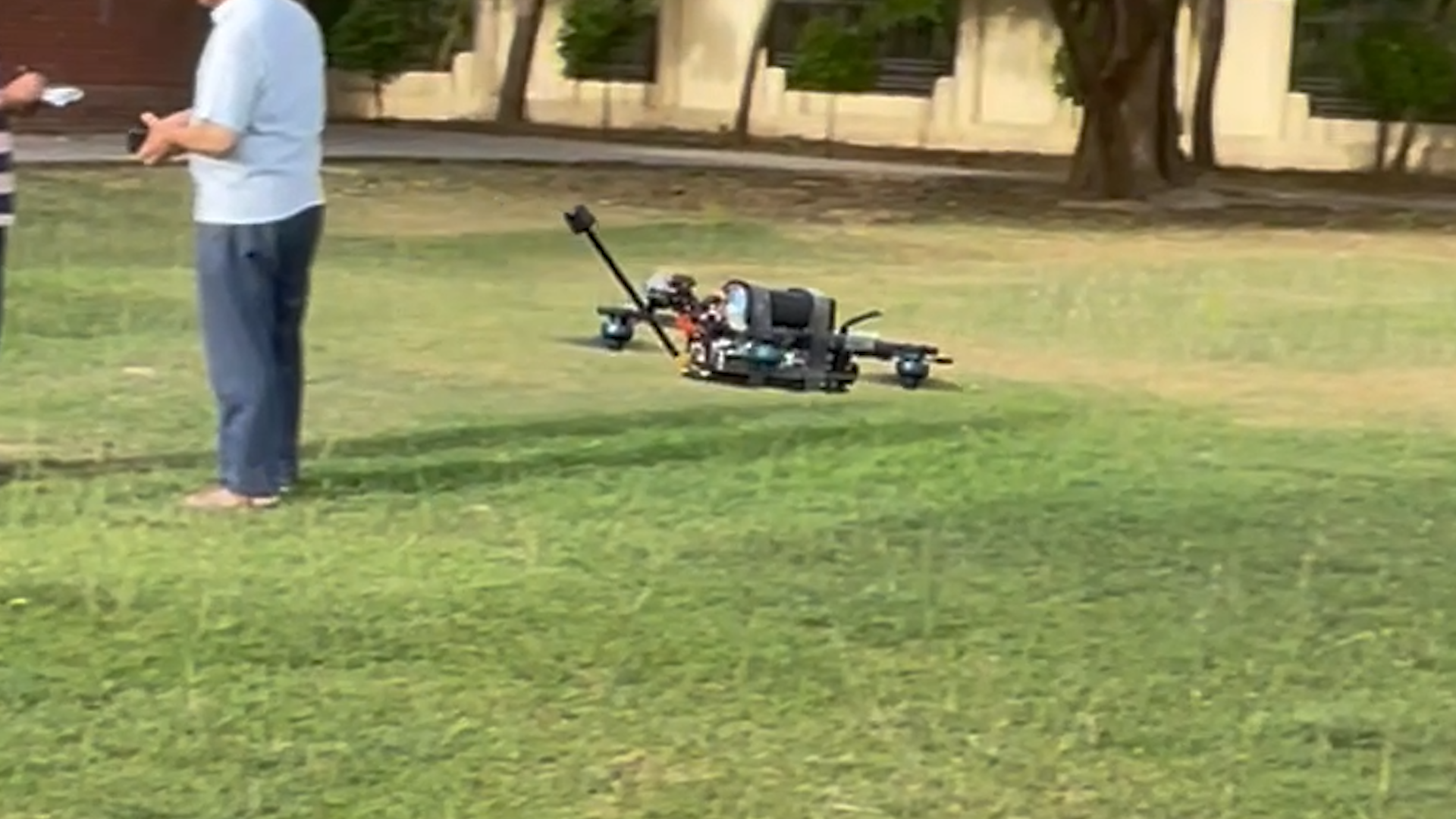KANPUR (UTTAR PRADESH): An engineer of the Indian Institute of Technology (IIT), Kanpur has developed a nano “stealth drone” which could boost defence forces’ reconnaissance capabilities.
The drone, which weighs just 239 grams, has been developed by aerospace engineer Vasanth. As per the government’s Drone Rules 2021, unmanned aircraft systems weighing less than 250 grams are recognised as nano drones.
The drone disappears completely at a distance of more than 50 meters and produces so little noise that it becomes completely unnoticeable at an altitude of 35 meters.
“This drone has been known for stealthiness – visual stealth, acoustic stealth, and sometimes even radar stealth,” Vasanth, who calls himself a drone-enthusiast, tells The New Indian.
The drone is automatic and can be programmed to follow specific paths and reach specific destinations. “It is completely autonomous. You need not touch the transmitter or ground station,” he said.
The operational radius and airpath distance of the drone is 4 km and 20 km, respectively. It has a flight time of 30 minutes and can climb an altitude of more than 2 km.
Vasanth says the acoustic stealth capabilities of the drone have been achieved through specific configurations. “When you reduce the size of a drone, it becomes noisier. There are some Whoop class drones of the same form factor but they are noisy and can be easily identified,” the engineer said.
Since the drone mimics the size and dimension of a sparrow, and other small birds, it becomes very difficult for radars to identify it.
However, it will take some time for the drone to be fully ready for use by the armed forces for tactical operations.
“I have showcased the capabilities of this drone before the Army and other forces and we received a good response. But there are certain areas where we need improvement,” Vasanth says.
The major improvement that defence forces want, he says, is the night vision camera. “I am also working to give a bird-like skin to the drone to improve its stealth capability. Work is also on to equip it with capabilities of evading active radar illumination,” he informs.
Developed at a cost of around Rs 1.2 lakh, the drone is primarily designed for surveillance. “In places where the forces need to have a closer look but it is risky to go there physically, you can send this drone,” the Tamil Nadu native elaborated.












